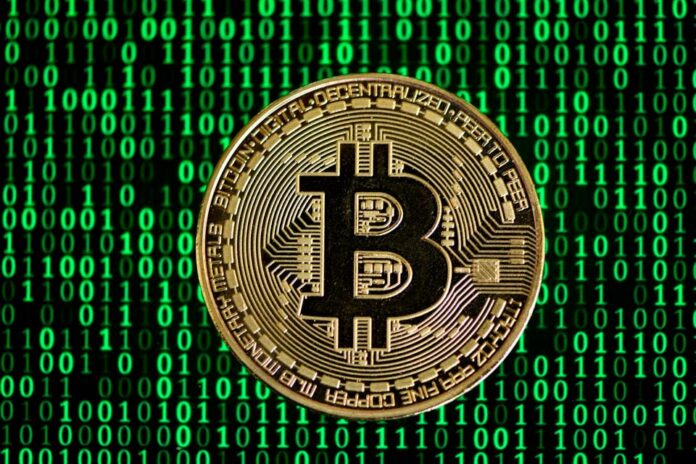You’re not alone if you are starting to hear more about blockchain technology and its impact on the financial market. It’s being discussed in mainstream media. There are groups on various social media platforms discussing it. Various global economic organizations have entitled it “The Future Of Jobs.” Blockchain is making its way into our lives, making it essential to discuss blockchain and how it works.
If you are getting ready to start the process of trading, you need to be aware of companies that have security logs for their transactions. This way, you can verify them and ensure no counterfeiting or fraud. In addition, blockchain technology allows everyone involved in any transaction to view such transactions on a website from any point in time to the required value as it’s an open network with an open ledger of transactions. Before you invest or lend your bitcoins, you should check these bitcoin lending risks
Defining Blockchain Technology
The term “blockchain” refers to the public ledger where records of transactions are kept. The term “block” refers to a package of records that updates the ledger over time called blocks – think of them as pages in a book that are filled one by one rather than turning whole pages at once. Pages are added to a book in a linear, sequential manner rather than once.
The blocks are stored on the blockchain as an ordered list (in the same way that pages are stored on a book) where each block references the previous block by its hash, which is a unique identifier to each block. The blocks themselves don’t have any other value, and they can’t be copied or edited. So when someone wants to make a transaction, they don’t ask the server what they can do. Instead, they type in their wallet address into any of the many wallets that support it and automatically send the suitable bitcoins to their wallet address.
How Blockchain Network Started?
The technology was created in 2009 by Satoshi Nakamoto and had two exciting aspects. First, every block is linked to the previous one utilizing hash. This is not just a random number but an encrypted number that changes according to a mathematical formula, making it impossible to change the past data block. This blockchain technology uses cryptographic techniques to be securely shared on many computers simultaneously. The blockchain network can be used for all kinds of transactions, whether between two people moving money or between banks moving money, online platforms trading with each other, etc.
Trade finance is a complex subject, and several things can go wrong with making trades between companies. For example, sometimes orders are reversed because one party fails to provide proof of ownership or when an order isn’t accepted by a counterparty due to human error. It’s also a costly process. For example, it can cost $20,000 to do an international trade transaction. Blockchain technology can help cut down costs drastically and time too.
What blockchain Provides for Crypto Traders?
The blockchain network (or the distributed ledger technology) ensures quick and efficient transactions. For example, blockchain technology can transfer money in a matter of seconds as opposed to having it move at the bank’s pace that can take 3-5 days. So, if you put effort towards your trading skills, you will most certainly benefit from it.
With this technology, the financial firms can ensure that the trade will be completed as expected before moving on to the next business opportunity or notifying the customer of a delay in orders’ completion. You can easily find a website on the internet designed perfectly for facilitating financial transactions using a blockchain network. It saves time because the banks can send an order to another bank and ensure that the customer will fulfil it. Or it can just be a notification to the client for a delay in fulfilling orders.
In a nutshell, blockchain is just a ledger, like your bank statement or credit card statements. The difference is that this ledger isn’t run by one central entity, such as a bank. Instead, the ledger exists on thousands of computers all at once, and no single computer can change any transactions without the consent of every other computer on the network.




